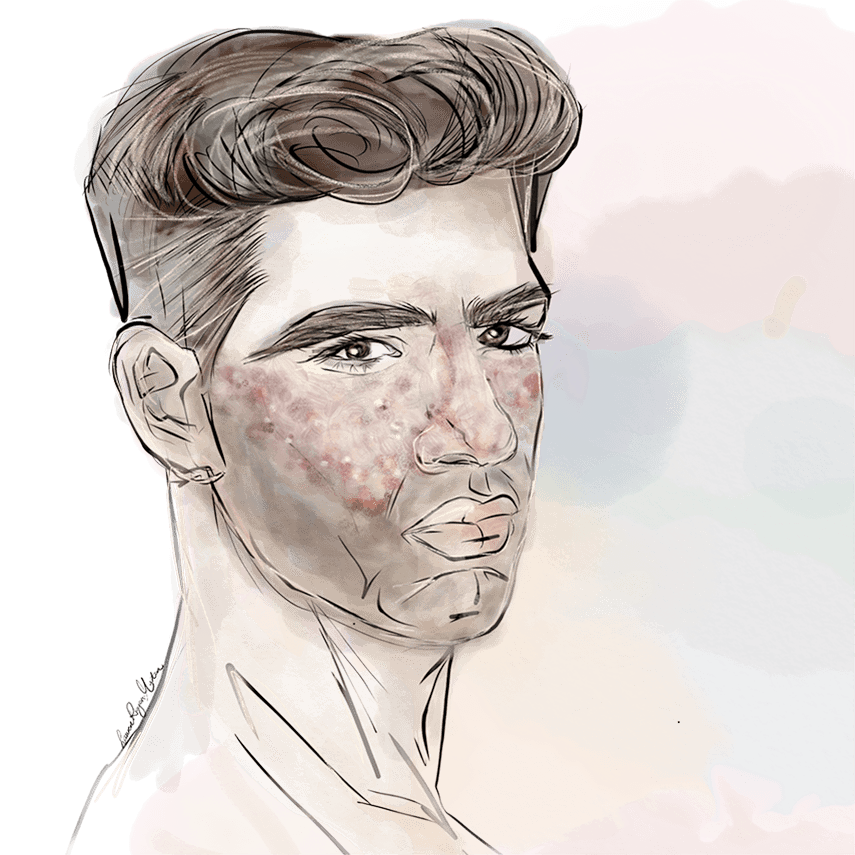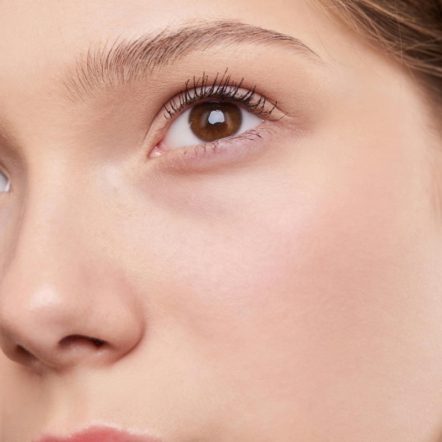
What are the different types of acne?
Acne is commonly linked to teenagers, but it is experienced by adults too. It is a very common skin condition and most adults have it. There are many different types of acne, and each one has a different appearance and treatment methods. You can treat the acne once you know the type you have.
We have listed down some of the common types of acne before to help you distinguish them from each other.
Whiteheads
As the name suggests, whiteheads have whitish heads. These heads are typically filled with pus, a white fluid that collects on the skin’s surface and clogs the pore. It happens when a hair follicle gets choked with oil, dead skin cells, and sebum.
Whiteheads are mild, and usually keeping your face clean, applying salicylic acid and benzoyl does the trick. However, if the remedies don’t work then it is best to see a professional
Blackheads
Blackheads are small black dots and like whiteheads, they develop if the hair follicle gets clogged with oil or dead skin. The blackhead gets its colour from exposure to oxygen, it is not the build-up of dirt, once the pore gets exposed to oxygen it oxidizes and turns black.
The treatment for blackheads is the same as whiteheads.
Papules
If the pore gets infected, they turn into papules. If the white or blackhead isn’t cleansed properly, they tend to become inflamed and sensitive to touch. The inflammation is caused by dead skin, oil and bacteria present under the surface of the skin. A mild face wash can be used to soothe the area, and perhaps apply lotions that are gentle to the skin.
Don’t try to pink or squeeze the papules as this would only worsen the issue and lead to acne scars and dark spots.
Pustules
Pustules contain yellow or white pus and can be mistaken for a white head. One way to distinguish them from whiteheads is to look for a red ring that surrounds the white or yellow head. Whiteheads are mild whereas pustules are painful to touch and much more severe.
It is better to leave the care of pustules to the professionals as their prescribed course of treatment is much more effective.
Some patients experience severe acne that can spread across the face and last for months. The most common type of severe acne includes nodules, cysts and acne conglobate. To treat a severe case of acne, over-the-counter products would not be useful, it is important to visit a professional to get the right treatment.
At what age is acne the worst?
Acne is usually associated with teenage years, but the truth is that it can occur in adulthood as well. Adult acne is when an individual is affected by acne after 25 years of age. The cause of acne in adulthood are the same as adolescent acne with a few differences. However common causes are excess oil production, clogged pores, bacteria, and inflammation. In women, acne can be triggered by hormones, menstrual cycle, and stress.
Certain types of food are responsible for acne in adults, although the link is controversial, recent research has shown diet does play a role in developing acne. If consumed in excess the following food can cause acne in an adult.
- Refined carbohydrates, like bread, crackers, pasta etc.
- Dairy products
- Fast food
- Foods rich in Omega-6 Fats
Treatments that can help with acne
Pimples are a very common skin concern amongst most people. They show up when you least expect them and cause great inconvenience. If you have a job interview or a wedding to attend, you can try the following ways to get rid of acne fast.
- Ice it
Applying ice to a painful pimple can calm it down. You can get an ice cube wrapped in a cloth and press it gently against the affected area for a few minutes. Repeat this process throughout the day to reduce redness and swelling.
- Apply salicylic acid
Salicylic acid is extremely effective at ridding the skin of oil and dirt. Apply it directly on the spot and dab it with a finger. It should help with the pain and swelling.
- Acne spot treatment
Find something for pimples at the pharmacy. The two useful ingredients to look for in a product are salicylic acid and benzoyl peroxide. Both ingredients reduce oil and remove dead skin cells, but benzoyl also kills the bacteria responsible for causing the pimple.
Following a skincare routine and treating acne will give you a significant clearing. Unfortunately, there is no cure for acne, and if you stop treatment the pimples are likely to return. It is better to continue following skincare regimes even if your skin is cleared up.
How can I treat acne from home?
Acne can be treated at home using face masks and home remedies. The best way is to alter your diet, have fresh ingredients, avoid junk food, and eat healthily. Stress can trigger acne too, so keeping that in control will help immensely. Exercise regularly, keep yourself hydrated and have plenty of sleep. You must also follow a skincare routine at home for day and night.
Alternately, book a bespoke facial or chemical peel appointment with House of Saab today.
Why choose House of Saab
House of Saab offers the best treatments for acne in London. Our team of experts take great care in making sure you get only the best results. They make sure the client is comfortable throughout their session and understands the procedure. Keeping in mind their skin concerns, everything is then customized to suit the needs their needs. The warm and welcoming team at House of Saab make sure you get more value for your money.












































